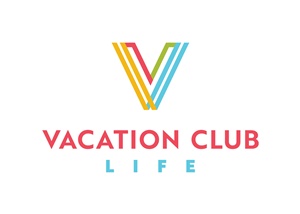One of the books that I have been reading during my self-imposed Disney themed reading is Walt and the Promise of Progress City by Sam Gennawey. This book offers an in-depth look at the urban planning aspects of Disneyland as well as what EPCOT was supposed to be before it was turned into a theme park. Originally, EPCOT or Progress City was Walt Disney’s attempt to create a highly functioning, well-planned city in which people could live, work, and play. The Epcot that we have today has a World Showcase and a Future World, but it is not the city that Walt had envisioned for his Florida Project. Gennawey’s book provides an interesting look at the ways in which Walt Disney eventually came to the decision that he wanted to create his original idea for an Experimental Prototype Community of Tomorrow.
One aspect of the book that really impacted me is a section about the ways in which Disneyland is so successful because it provides visitors with “the architecture of reassurance.” Gennawey writes that “by eliminating the visual contradictions [in Disneyland], Walt had created a world that existed within the earthen berm that surrounded the park that was safe and clean. What he created was not a place about fantasy but a place about a sense of reassurance” (126). This sense of reassurance is what makes Disneyland or the Magic Kingdom feel so much like home. We feel safe there. John Hench noted that “Disneyland offered an enriched version of the real world, but not an escapist or unreal version” (Gennawey 127). Disneyland is a very real place, but it is better than our everyday reality because it is the best version of what reality can be. There is no graffiti, no trash lining the streets because the Disney Imagineers have “program[med] out all the negative, unwanted elements” (Gennawey 127). This is the kind of world in which I would rather live, hence my many trips to Disney World.
Gennawey goes on to discuss the ways in which Walt responded to people criticizing his park as a place of fantasy, somewhere that is just so unreal or juvenile. Walt felt that “You know the fantasy isn’t here [Disneyland]. This is very real . . . The Park is reality. The people are natural here; they’re having a good time; they’re communicating. This is what people really are. The fantasy is out there, outside the gates of Disneyland, where people have hatreds and people have prejudices” (Gennawey 127). I know this seems like an optimistic view of people, but perhaps that is the problem with the world in its current existence. Too many people see other people as a threat or something to be feared and hated. People lose those prejudices when they enter Disneyland. They are there to have fun and spend time with family. Maybe we all need to look harder to see the best in people.
Overall, Gennawey’s book is excellent, and it is easy to read. There are some technical terms with regard to urban design, but he does a good job of defining these terms and making them relevant to his discussion of Disneyland and EPCOT. This book is a combination of history and a very technical look at what led Walt to his desire for a Progress City, a place where everything could be clean and regulated as well as what influenced Walt in the creation of Disneyland. There is also discussion about the many different World’s Fairs that impacted the Disney Company and led them to further develop their abilities to create theme park environments. The book is well researched and includes an extensive bibliography that could also lead you to other history related Disney books. Sam Gennawey’s book can be purchased on Amazon in paper or eBook version. This is definitely a book to add to your Disney reading list. Until next time, have a magical day, and keep moving forward!





